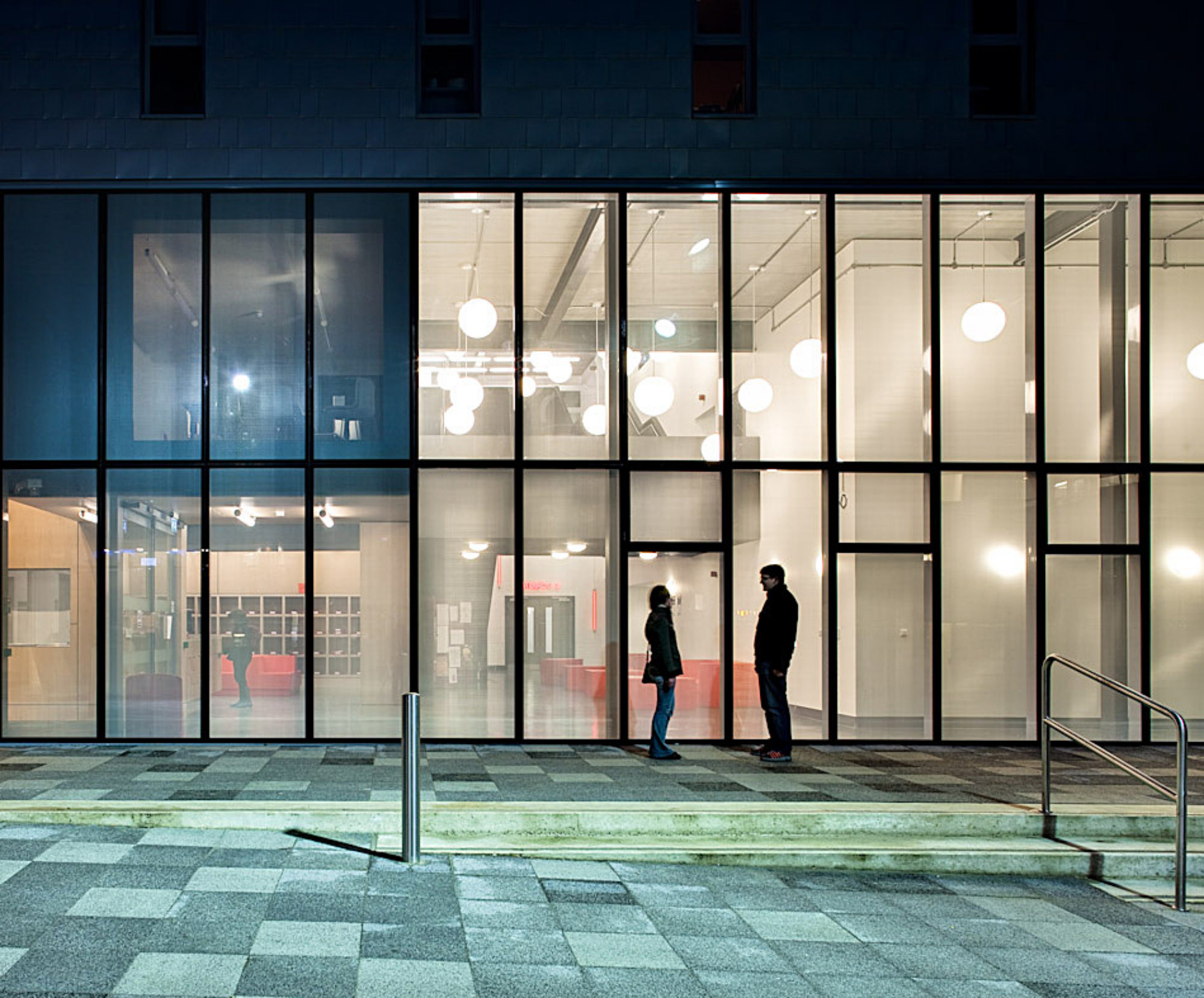22nd Feb 2023
David Collins, University of Oxford
Over the past decade it has become increasingly common—in popular discourse, in art education, among artists, and in the work of some art critics and academics—for works of art in various genres and media to be conceived of and evaluated largely on the basis of the political positions they explicitly and implicitly manifest (or are thought to manifest).
Appealing to R.G. Collingwood’s distinction between expressive art, or ‘art proper,’ and craft, especially the form of craft he calls ‘magic,’ I will argue for a reconsideration not only of the practice of thinking of and assessing art in terms of politics but of the very idea of ‘political art.’ In brief, the viewpoint that I will argue for takes an artwork’s success as an expression of an always-partly-affective perspective to itself have positive social or political value regardless of the politics of this perspective, and takes a ‘political’ artwork to be one that expresses a felt perspective on the political dimensions of a situation.
In contrast, the currently popular approach, I argue, reduces art either to ‘magic’ (i.e., propaganda) or to a mere vehicle for instruction (i.e., to the representation of a political viewpoint), and thereby fails to realize the distinct social or political value that Collingwoodian ‘art proper’ can have—ironically, given that those who now view and evaluate artworks through a political lens surely think that they are doing something politically positive.
